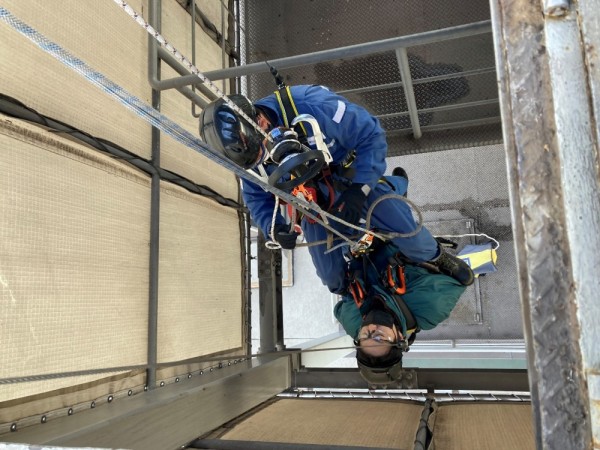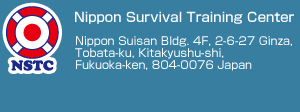EOP Traininig
The cold days continue, but how are you all doing? ![]() For NSTC, just another day for training.
For NSTC, just another day for training.
Let’s go right into the topic of the article, I would like to explain the EOP training. NSTC provides basic safety training for a variety of industries, which deals with training on what to do in an emergency. Likewise, emergencies during the delivery of training should be similarly prepared. Of course, the main premise is to implement safety-first training. However, in order to be able to act quickly in the event of an emergency, the staff involved in each training regularly conducts training assuming emergency situations that could possibly occur during training. At NSTC, we call it EOP (Emergency Operational Procedure) training. The other day, I conducted a training assuming an emergency situation during working at heights training, which is a module of the GWO basic safety training for the wind power industry, which I am in charge of. Please see the photo below.(It is similar to one scene of practical training in this module.)
One of the possible emergency situation during a practical training could be the training participant stack half way descending to the floor for the training assuming evacuation from the nacelle. In the photo above, we are conducting a training to quickly rescue a person who is unable to move during the descent,
By the way, this should be another topic, but please be informed that the valid certificate of GWO BST Working at Heights became prerequisite for participating Sea Survival training that is change made in the latest revised version(16.1) of GWO basic safety training standard.
Please be assured that safety is the number one priority during training. “We are looking forward to your participation.”
(Training Section: Matsumuro)













